Did a ‘Big Whack’ create all of Pluto’s Moons?
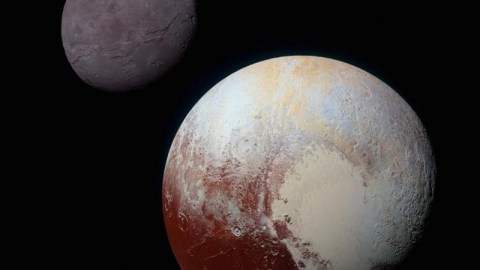
With five moons orbiting it, Pluto is the richest rocky world known to date. How did it get that way?
“We really expect the mission to be transformational. This is the capstone of the original visits to the planets. It takes us 4 billion miles away and 4 billion years back in time.” –Alan Stern
For over eighty years, Pluto has reigned as not only the largest world in the Kuiper belt, but the largest dwarf planet in the Solar System. Unlike all the other such worlds we’ve ever discovered, however, Pluto is unique for its complex, varied moon system. While all the other known dwarf planets have only one or two known moon, all of them small, Pluto boasts five: Charon, Styx, Nix, Kerberos and Hydra. Moreover, Charon is huge: if it weren’t orbiting Pluto, it would be the sixth largest dwarf planet in the entire Solar System. How did the Plutonian system come to be? Now that all the New Horizons’ data is back, a giant collision known as the “Big Whack” has emerged as the leading culprit.
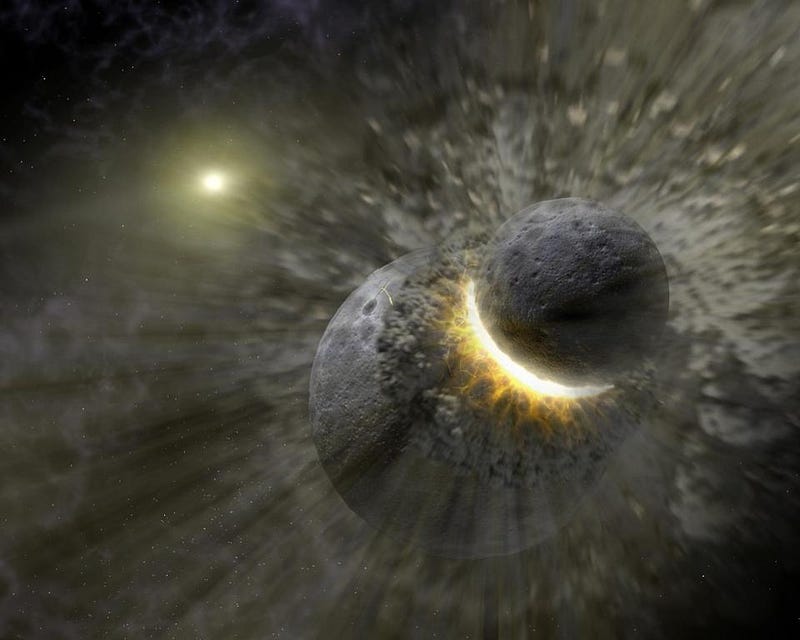
Large, massive objects colliding with planet-sized worlds is nothing rare in our Solar System. The Earth didn’t have a moon until a large, Mars-sized proto-planet collided with our own, kicking up debris which eventually coalesced into our Moon. Mars, too, was likely moon-free until an enormous collision created a basin spanning half the planet, creating three nearby moons, two of which remain. The key pieces of evidence that are present, in both of these cases, is that the material making up these moons is similar to the crustal material on the surface of the parent planet, that the moons are orbitally close to the planet and each other, and that they all orbit in the same plane and the same direction as one another.
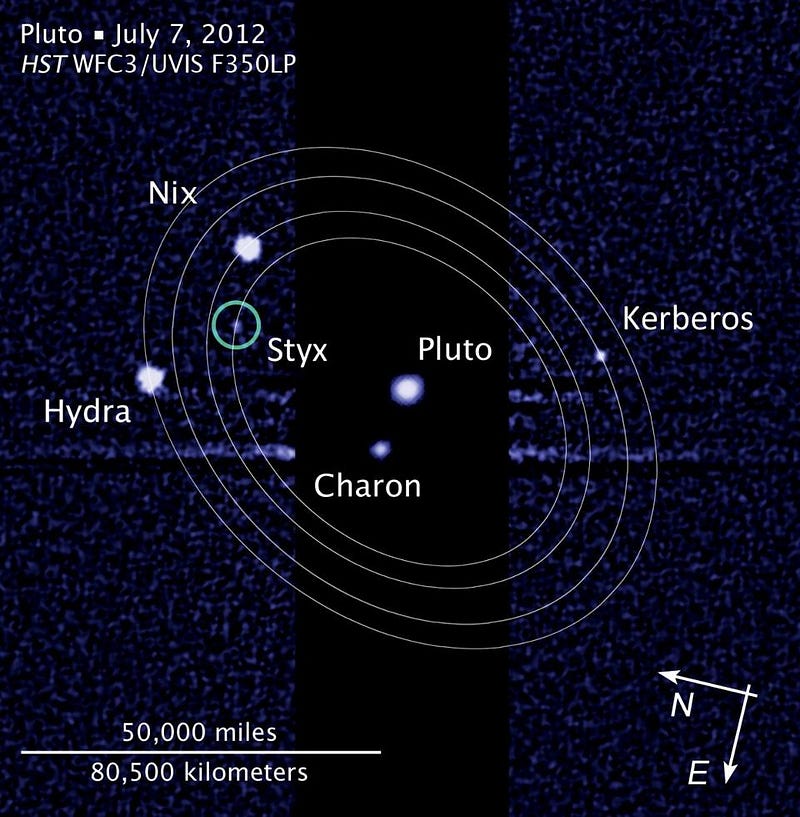
There are three major ways to form a moon, in general:
- from a large impact that kicks up debris, which then coalesces into a moon (or moons),
- from the initial formation of the planet itself, where a circumplanetary disk breaks up into moons and/or rings,
- and from the gravitational capture of other objects in the solar system, like asteroids, comets and Kuiper belt objects.
The first one is how most rocky planets and dwarf planets get their moons, the second is how most of the gas giant moons (and rings) came to be, while the third explains a fraction of worlds around (mostly) gas giants, like Saturn’s Phoebe or Neptune’s Triton.
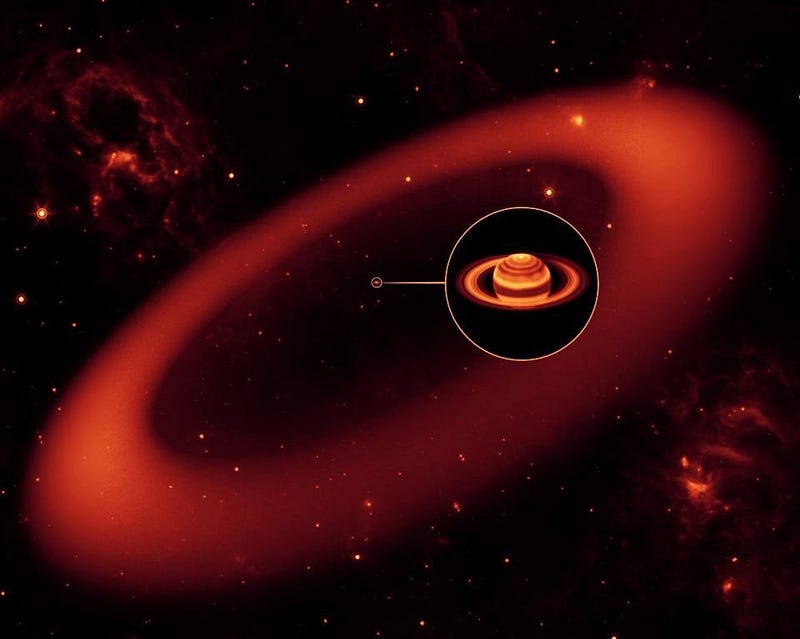
So what of Pluto’s five moons? They very, very strongly point to this “Big Whack” hypothesis, from a number of pieces of evidence. The moons themselves all follow a simple orbital pattern: if you take the amount of time that Charon requires to orbit Pluto, you’ll find that Styx orbits in 3 times that amount, Nix in 4 times, Kerberos in 5 times, and Hydra in 6. The errors on those numbers are 5%, 3%, 1% and 0.3%, respectively. This is a very good indication that they formed from a debris cloud, and were pushed into their current resonances. While Pluto has ices and an atmosphere, Charon, despite its size, does not, indicating that it formed from an impact. And all five moons, to the best of New Horizon’s measurements, have similar elemental compositions and grey colors.
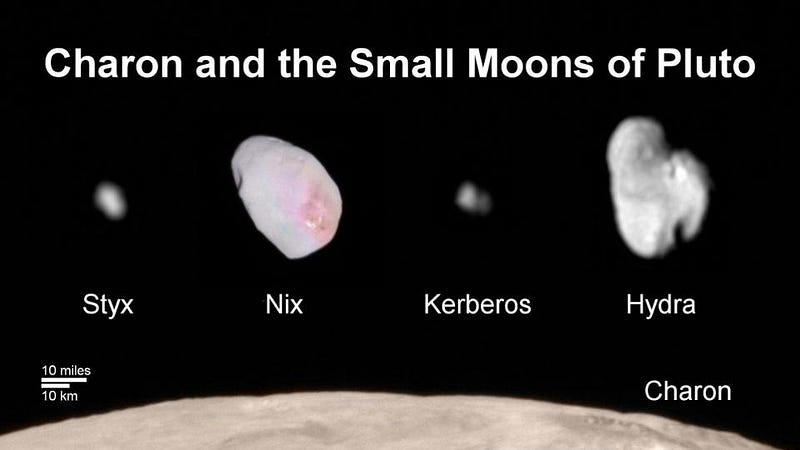
All five worlds are inclined at less than one degree to Pluto’s equator, indicating that there was no gravitational capture. While Pluto is reddish in color, the lack of volatiles is seen in all five moons, meaning that whatever impact likely created the moons also prevented these same moons from hanging onto the lightest elements and molecules. And finally, close-up studies of the four small moons — Styx, Nix, Kerberos, and Hydra — all indicate that these bodies coalesced out of multiple, smaller bodies that later became gravitationally bound.
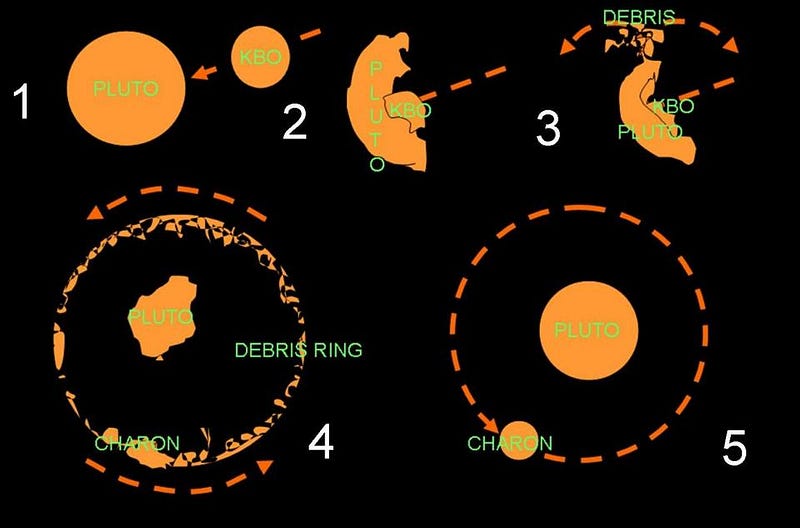
The merged-body nature of these small moons again points to a common origin, and a giant, ancient impact is the most likely cause. After the discovery of the smaller, outer moons, many expected that New Horizons would find others. The fact that there were none further out, even though orbits could extend more than ten times as far with no problem, all points to a close-in origin. One mystery, however, is why there aren’t any remnant rings around Pluto. At such a great distance from the Sun, a ringed system could have remained. It’s the only evidence that doesn’t align perfectly with the “Big Whack” hypothesis.

What’s perhaps most remarkable is that the Pluto-Charon system is so massive that the other four moons, while remaining in stable orbits, have unstable rotation properties. With each pass around Pluto and Charon, the gravitational interactions cause an irregular tumbling motion, meaning there’s no stability between what a “day” truly means from orbit-to-orbit on these worlds. While our views of the two giant worlds, Pluto and Charon, were far and away the grand prizes of the New Horizons mission, the origin of the entire planetary system came along for the ride.
And it strongly suggests, when we look at the other large worlds in the outer Solar System, that any of the ones with moons might owe their origins to an impact as well. If we can measure their orbits (and find they’re close-in) and their compositions (and find they’re similar to the parent world), we might just learn something phenomenal: that great, massive collisions are how rocky worlds make the overwhelming majority of their moons!
Ethan Siegel is the author of Beyond the Galaxy and Treknology. You can pre-order his third book, currently in development: the Encyclopaedia Cosmologica.





